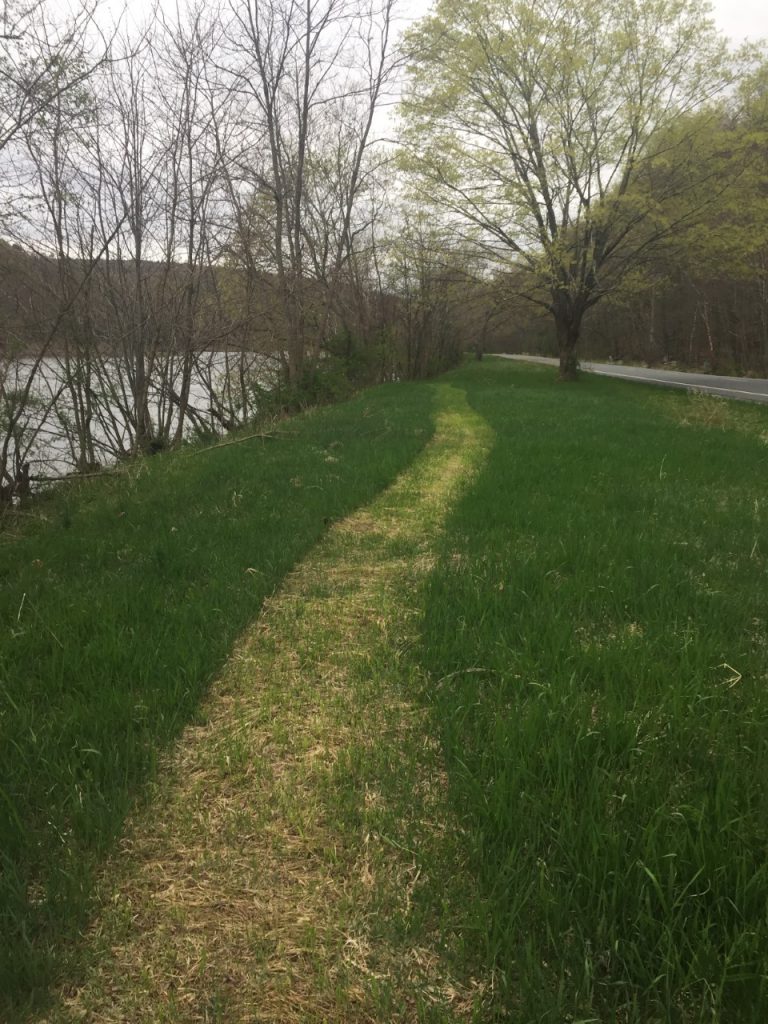It is impossible to overestimate the economic impact the Delaware & Hudson Canal had on Sullivan County.
The 108-mile long waterway that connected the coal fields of northeastern Pennsylvania to the lucrative New York City market via the Hudson River– and Sullivan County—took three years to construct and opened for business in 1828. In the first 20 years of the canal’s operation, the population of Sullivan County more than doubled – from the 12,364 recorded in the 1830 census to 25,088 in 1850. The completion of the canal made it possible for the first time to get goods in and out of the county inexpensively, contributed to the growth of a number of communities, and is credited with revolutionizing New York City with the coal it provided for industry.
The D&H also made possible the lucrative tanning and bluestone industries in Sullivan County. The story of the canal is told well by a number of organizations, including the National Park Service, and the D&H Canal Museum in High Falls, which continues to raise the bar for both research and narrative. But the story of the role that children as young as 10 years old played in the D&H operation is one that is only recently drawing attention. The Delaware Company is leading the way in telling that part of the canal’s story, and the Kate Project is a big step toward memorializing it.
Partly inspired by a romanticized painting by E.L. Henry called “On the Towpath,” the Kate Project is a multi-phase undertaking that will eventually involve construction of a half-mile extension of towpath along the Delaware River just south of Roebling’s Delaware Aqueduct, the creation of seating areas to include stone benches and interpretive signs, a canal snubbing post, and a bronze sculpture of a hoggee—a canal worker, often a child, who was tasked with caring for and guiding the mules that pulled the boats.
The project will tell the canal’s lesser-known stories, such as the bluestone industry in the river valley that utilized the canal in its early days and later developed connections to Boss Tweed and Tammany Hall, and will especially highlight the role of the children, some of them orphans adopted out of the overcrowded foundling homes in New York City and put to work tending the mule teams that pulled the canal boats. These boys and girls woke up early to feed and outfit the teams, walked 18-20 miles a day alongside them, and then prepared them for “bed” at the end of the day. It has been said that the mule teams were often treated better by the boat owners than the hoggees, because they were more expensive to replace.
Phase One of the Kate Project, the selective clearing of a view shed along the Delaware River, was completed in 2020. Phase II, which includes the construction of the trail, the seating areas, and the signage, is currently underway. Phase III will comprise the creation and erection of the bronze sculpture of the hoggee.
It is hoped that the entire project can be completed by 2025, the bicentennial of the start of construction of the original waterway.

